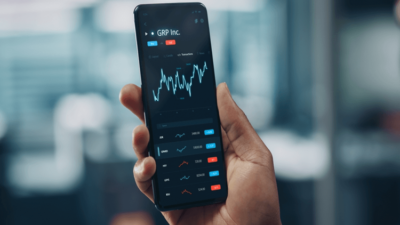A milking robot is a technology system featuring a suction cup to extract milk from cows and track its quality and quantity. As of 2019, farmers purchased over 35,000 milking systems to place on their farms for milking cows. Europe developed the first robotic milking system (RMS) in 1992. The United States followed by introducing the automatic milking system (AMS) in 2000 and in Michigan, in 2009. There are many key benefits of using a milking robot on a dairy farm including a reduction in labor dependency, flexibility in efficient business processes, and an increase in milk production.
- Reduces Labor Dependency
After the development of robotic milking systems in Europe, various studies conducted from 2010 to 2015 showed labor decreased by 29 percent. Approximately 107 farmers using milking robots participated in a study in Belgium, the Netherlands, and two other European countries. It revealed farmers reported an average savings of 20 percent in labor costs. Dutch farmers stated in a survey that they were able to profit from their conventional farms. Learn more about robots and PC, Mobiles, and other gadgets on this dedicated website: https://www.techpreds.com/.
- Efficient Business Processes with Flexibility
Before the invention of the milking robotic system, farmers had to rely on physical workers, including themselves to complete the milking processes. Milking robots allow them to be flexible and more involved in management and running a successful farming business. Many farmers admitted they can spend more time with their families at home.
- Increase in Milk Production
Spain, for an example, reported an average production of milk at 1,463 kg per day from about 53 cows. The report showed that each cow produced 28 kg of milk. The data analysis reported that distributors and manufacturers suggest that from 60 cows producing 33 kg each day is an acceptable goal for dairy cows in housed confinement.
A modern double milking robot is an automated system with two rooms for milking two cows at the same time. It is the latest equipment in one compact unit to enhance milk production on farms and in manufacturers. This system is robust and patented with features for analyzing milk quantity, quality, and deficiency.
How the Milking Robot Works
Farmers place an electronic collar on the cow for identification and to track milk production, diet, and health. When the cow enters the milking room, the farmer positions her over the suction device between the rear legs. The robot cleans the teats of the cow thoroughly and attaches the milking cups using lasers. If milk production is low, the cow receives a dietary supplement. Modernized milking robots can milk the same cow up to five times per day.
This article listed three benefits of using a milking robot, but there are other advantages of the robotic system. Research shows the units are safe for cows providing gentle suction for comfort during the milking process. Manufacturers and farmers are saving on costs for labor and other expenses, such as administrative for manually analyzing milk production, quantity, and quality. You will have more time to manage your dairy or farm more productively, while increasing profitability. Furthermore, you can read our articles on this website https://technolik.com/ to know more about the latest versions of technologies and software.












Comments